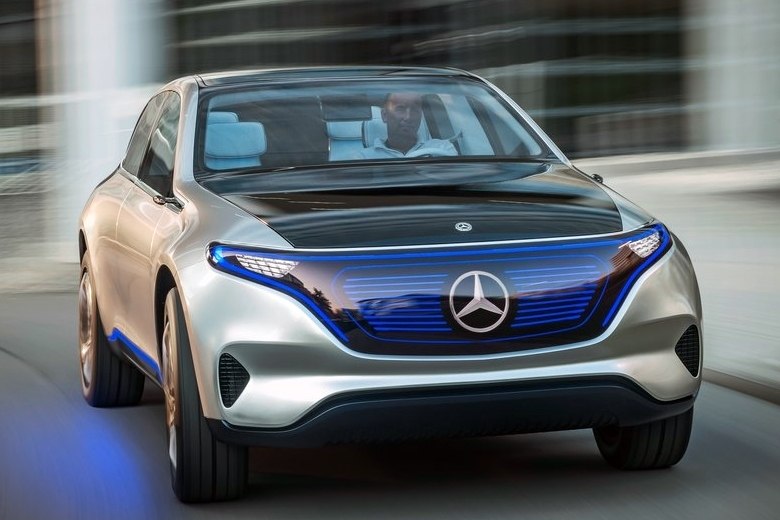Recently, Mercedes-Benz announced the imminent launch of a new model: the T-Class van. Derived from the third-generation Renault Kangoo (let’s remember that Daimler and the Renault-Nissan-Mitsubishi Alliance have a collaboration agreement for a few years), this vehicle will add a luxurious touch to a segment in full swing: that of small vans.
Powered by the decline of minivans, models such as the Citroën Berlingo or the Volkswagen Caddy are having more success than ever. These types of vans are increasingly closer to tourism in aspects such as comfort or technology, without doing without its enormous practicality and modularity.
In this context, Renault is preparing the most ambitious Kangoo in its history, which will take a giant leap in all respects to become one of the benchmarks in the category (the role of “affordable work van” will be assumed by the Dacia Dokker, which in some markets will be sold under the name Renault Express).
The new Renault Kangoo will have two twin sisters: a Nissan model called to replace the NV200 and NV250; and another from Mercedes-Benz: the T-Class. All of these will be produced at the French plant in Maubeuge, where the second-generation Renault Kangoo, the Nissan NV250, the Mercedes-Benz Citan, and the predecessor of the new T-Class, are currently manufactured.
The T-Class will differ significantly from the Citan in its approach: the new model will not be available in cargo versions, being offered exclusively in passenger variants. It is also expected that by adopting the Mercedes-Benz passenger car range terminology, the model will make a leap forward in interior quality and become a luxurious alternative within its category. It is also not ruled out that it has a Marco Polo camper version, as it happens with its older sister Class V.
Like the Renault model, the T-Class will feature a 100% electric version, which will be called the EQT. Compared to the thermal T-Class, the EQT will have a specific front (differently designed headlights, fairing grille, redesigned bumpers, etc.) and mechanics identical to that of the next Renault Kangoo Z.E. It is unknown which powertrain it will use. However, some rumors point to the same one used by the Renault ZOE (52 kWh battery with L.G. Chem cells, a 135 hp engine, fast charging at 50 kW, etc.).

